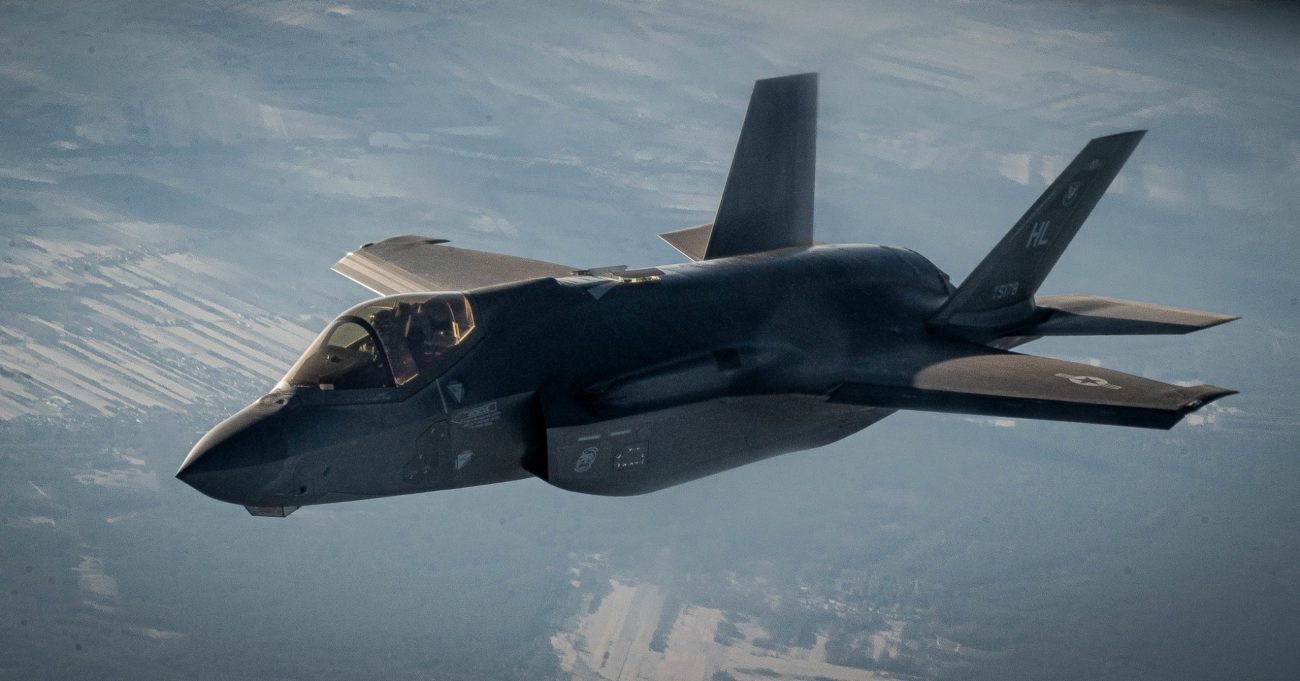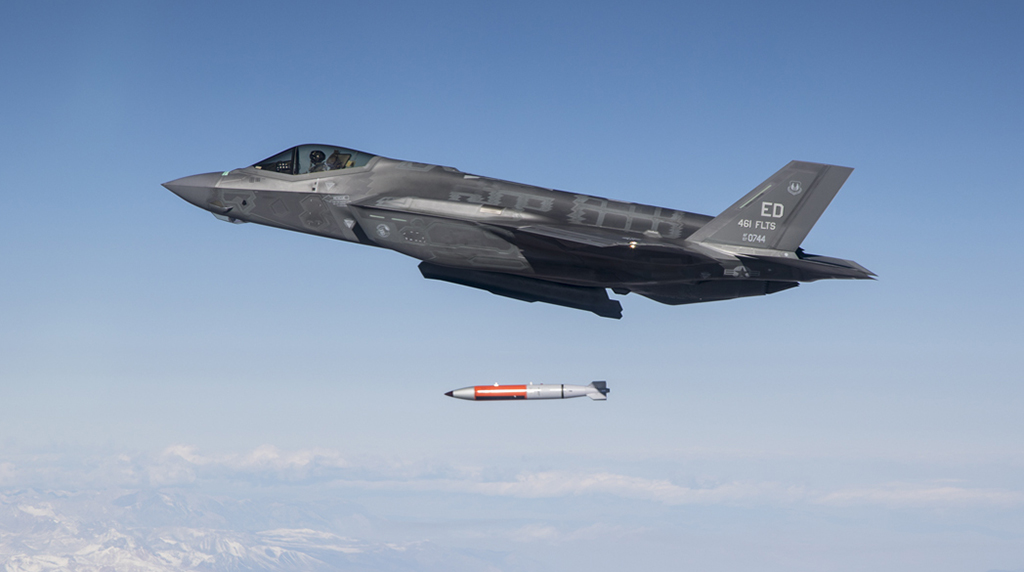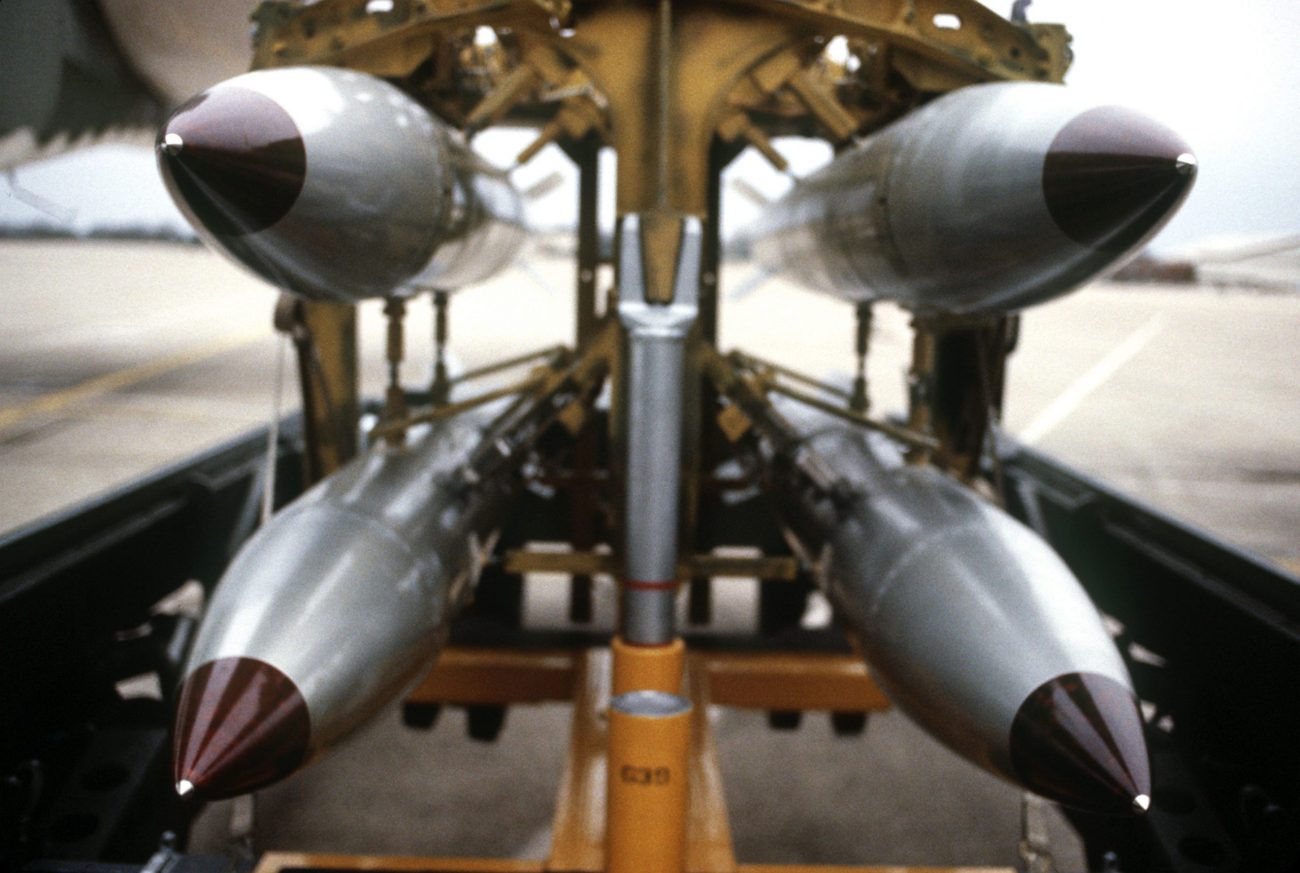After years of deliberation, Germany has finally decided to replace its aging Tornado bomber jets with US-made F-35 stealth fighters, capable of carrying nuclear weapons, the country’s defense minister said on March 14.
The announcement assumes significance as it comes amid the ongoing Russia-Ukraine war. Recently, Russian President Vladimir Putin said that he had put the country’s nuclear deterrent forces on high alert.
“The F-35 gives us a unique potential to cooperate with our NATO allies and other partners in Europe,” German Defense Minister Christine Lambrecht said.
According to an official statement, Berlin plans to replace its Tornado fleet by 2030. Germany’s current Tornado fighter jets have been in service since the 1980s. They were developed in collaboration with Italy and the United Kingdom.
“The decision on the Tornado successor has been made: With the F-35 aircraft type, the task of nuclear sharing will be guaranteed in the future. The goal is to replace the Tornado by 2030,” Lambrecht added.
Entscheidung zur Tornado-Nachfolge ist getroffen: Mit dem Flugzeugtyp F-35 wird die Aufgabe zur Nuklearen Teilhabe zukünftig gewährleistet bleiben. Ziel ist es, den Tornado bis 2030 zu ersetzen. pic.twitter.com/ItVxXRfjI9
— Verteidigungsministerium (@BMVg_Bundeswehr) March 14, 2022
Previously, Germany planned to purchase upgraded variants of the F-18 for that role, as well as electronic attack and air defense suppression. The Tornado replacement decision, which has been discussed in Berlin policy circles for more than a decade, eliminates the Super Hornet from the equation entirely.
The defense minister stated that the country’s Eurofighter Typhoons will be upgraded for electronic warfare, a feature that the Tornado fighters currently provide.

Furthermore, beginning in 2040, the Eurofighter will be replaced by the Future Combat Air System, or FCAS, a collaborative program between Germany, France and Spain, she added.
The decision to go with the F-35 comes as Germany adjusts its defense posture in the aftermath of Russia’s invasion of Ukraine. In Berlin’s new spending and modernization initiatives, off-the-shelf systems that can quickly address readiness shortcomings in the armed forces have given priority.
The defense ministry did not immediately reveal the number of F-35s to be purchased or the associated expenses, but previous reports estimated the total jets at 35. Under a long-standing NATO agreement, these stealth fighters will meet Germany’s requirement for an aircraft capable of delivering US-owned nuclear gravity bombs.

B61 Family Of Nuclear Bombs
The nuclear stockpile currently contains four B61 variants: 3, 4, 7, and 11. The B61 Mod 12 or B61-12 is the most updated version of the B61, and it will replace all four previous variants. In December 2021, the National Nuclear Security Administration (NNSA) announced that the first production unit of the B61-12 had been completed.
Full-scale manufacturing is expected to begin in May 2022 and production will be completed sometime in fiscal 2026, according to the NNSA. The project is expected to cost $8.4 billion in total.
Tornados of the Luftwaffe (the German air force) are currently authorized to carry these weapons, and trials have already been carried out to enable the integration of the new B61-12 type into those aircraft. The United States Air Force has previously stated that the F-35A would also begin carrying these bombs before the end of the year.

In 1961, the United States began developing these bombs. It came up as a result of a requirement for a new, more aerodynamic nuclear weapon that could be used on then-new high-performance jet aircraft.
The first prototypes, dubbed TX-61s at the time, were developed in 1963. Due to challenges during the engineering design process, the first B61-0s did not reach full-scale production for another five years.
Nuclear engineers in the United States steadily enhanced the weapon’s capability, dependability, and safety for the next decade. It came in two models — strategic and tactical. Strategic versions were designed for bigger city-size targets, while tactical variants were meant for smaller sites and even battlefield usage against enemy force concentrations.
The strategic output of the first B61-0 and -1 warheads ranged from 10 to 300 kilotons. According to reports, the B61-1 varied from the original in that it lacked any kind of permissive action link or PAL.
PALs are, in general, safety measures designed to prevent the unauthorized use of nuclear weapons, the details of which are classified. The US government, on the other hand, has created broad and publicly accessible categories for the devices.
It’s unclear why the B61-1 lacked the PAL safety mechanism, although it could have been because some 700 bombs were placed in stockpiles for NATO partners to deploy in a crisis.
American and allied commanders may have concluded that obtaining the codes and then passing them on to third-party crews would be too time-intensive to provide a credible deterrence capability.
All succeeding versions, with the exception of the B61-10, were enhancements of existing bombs. The B61-10 is a bit of an outlier. During the Cold War era, when the US military was producing the Pershing II tactical short-range ballistic missile, it concluded that a weapon with a lower yield than the previous Pershing I would be more helpful on a European battlefield against the Soviet Union and its allies.
The B61-11 started operating in 1997 and was the first to alter significantly in both form and function. Despite being based on the B61-7 and supposedly having a single, maximum yield of roughly 340-400 kilotons, the US military considers this version to be a tactical and strategic bomb.

The B61-12 is the most recent member of the B61 family of air-launched nuclear gravity bombs. The new model is designed to increase the nuclear capabilities of the US Air Force and its allies. The bomb can be launched into the air by aircraft such as the B-2A, F-15E, F-16C/D, F-16 MLU, PA-200, F-35, and B-21.
Since at least 2011, the B61-12 has been in development. It will be the first in the family to include precision guiding. They will have a GPS and inertial navigation system (INS)-guided tail kit as well as strakes along the weapon’s main body that are comparable in design and performance to those seen on conventional Joint Direct Attack Munitions (JDAM) bombs.
- Contact the author at ashishmichel@gmail.com
- Follow EurAsian Times on Google News




